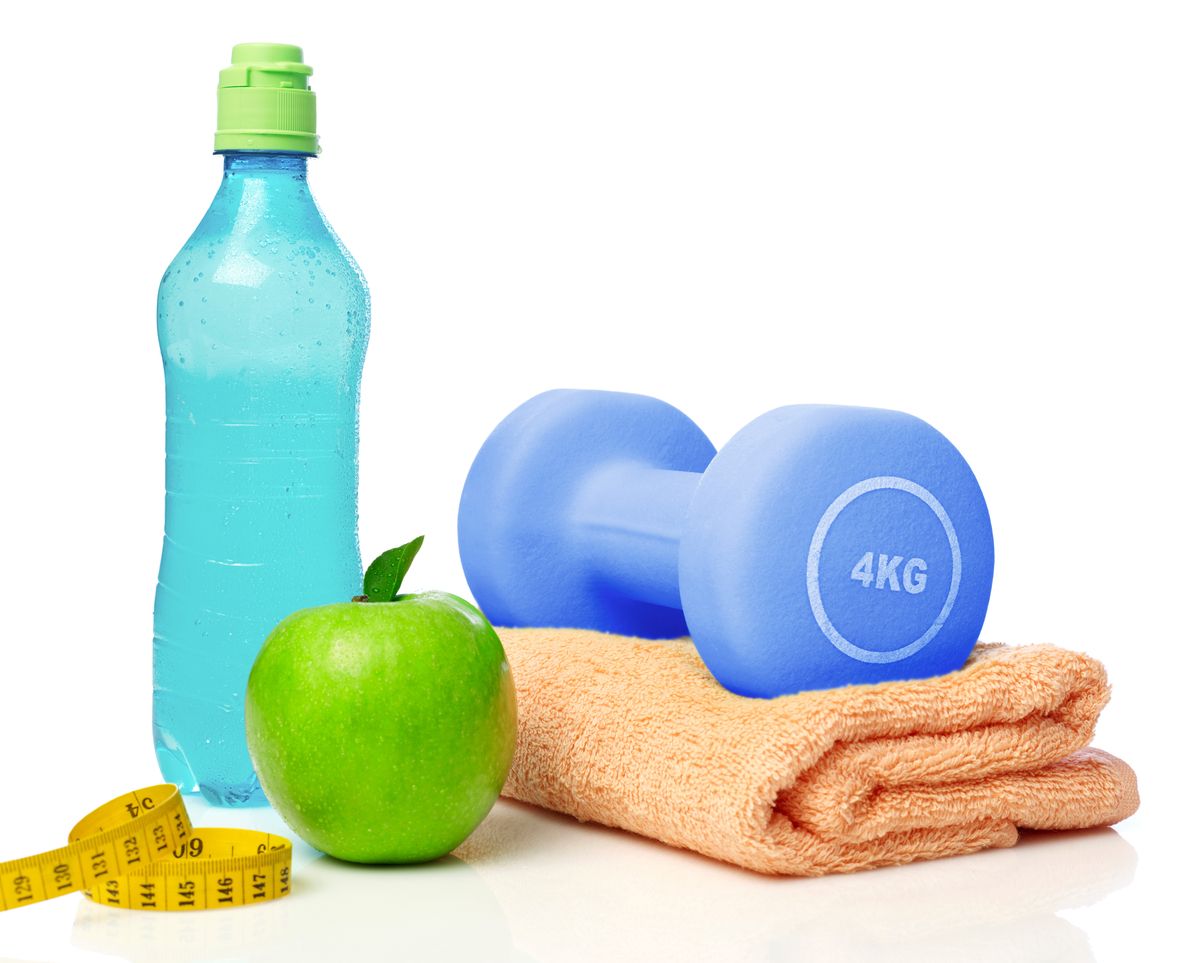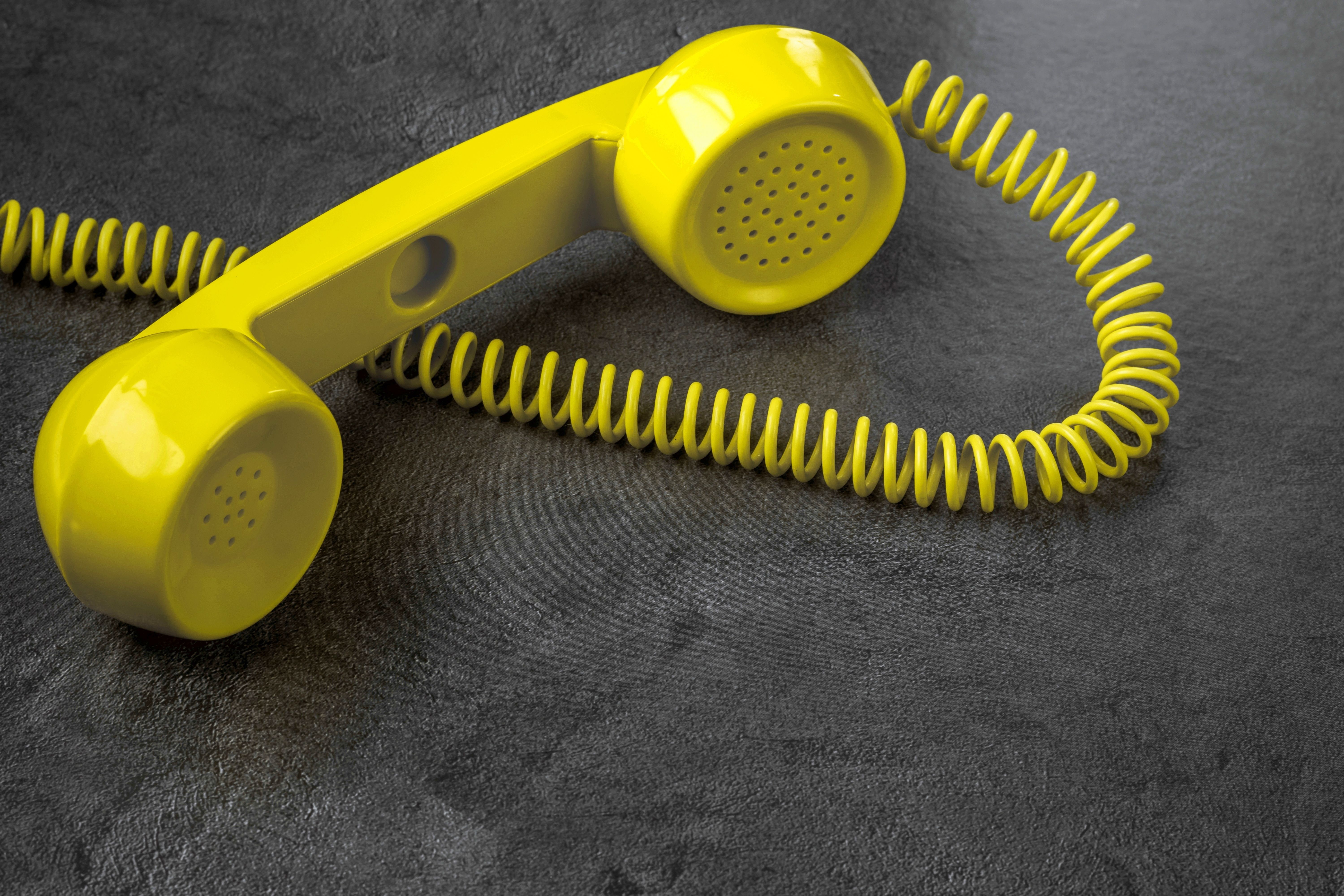Article
Family Caregivers: The 'Pseudo' Doctors and Nurses
I poignantly remember an eloquent wife of a patient who died of acute leukemia shared her analogy with me. She stated, “You know when my dog died, I got a card from my vet. When my husband died, I got nothing.”
This is not a commentary about a nurse becoming a patient. Rather, it is a narrative depicting firsthand experiences of joining the ranks of “unknown soldiers” — caregivers.
Families are pseudo doctors and nurses. They are expected to be proficient in administering medications, overseeing and using medical equipment, recognizing side effects, do dressing and wound care, care for tubes and drains, be a dietician, physical therapist and counselor, all with no training and support for assuming these foreign roles. Additionally, they provide basic personal care, assist with their loved one’s navigation around their home, arrange and attend medical appointments, participate in treatment decisions and advocate with health care and insurance providers.
Family caregivers leave the hospital setting following a cursory review of home care expectations rendered in a context of heightened anxiety and worry. They are given a list of printed instructions, a handful of prescriptions and a date to return to their primary physician’s office. Classes are not offered on how to move, turn, medicate and evaluate their loved one. I have repeatedly asked myself: how does a lay family caregiver with no medical training do this ominous job in the absence of teaching and ongoing support?
While the role of family caregiver is one with potential life-threatening implications, we pay more attention to teaching high school students how to apply for college and teenagers how to drive a car. This educational deficit in health care will only grow in importance as the “Silver Tsunami” (the aging population) escalates in the near future. Family caregivers will then be faced with considerably more responsibilities as fewer siblings will be available to share the demands of caregiving, life expectancy lengthens and the prominence of divorce results in adult children being expected to provide care to multiple sets of ill or frail elderly family members.
Particularly stressful are those critical times of transition such as moving from the hospital to one’s home or from the specialist’s office to hospice care. A recent study documented the differences between the uncertainty associated with these realignments when it was handled optimally and when its management was substandard. Those lacking necessary support reported feeling like they were abandoned in the wilderness, experienced profound anxiety and a sense of desertion which resulted in inefficient care delivery, family conflict, delayed patient recovery and avoidable health care system use. Caregivers also reported an overwhelming sense of fear of inadvertently doing harm to their loved one.
I have stepped over to the opposite side of the bed on several occasions and found this new caregiving world both frightening and overpowering. These responses evolved despite my decades of nursing tenure. I got confused about my husband’s medications, forgot within minutes what the physician just told me and was constantly frustrated about the sparse amount of time allocated to my needs for information and instruction. When my husband’s care transitioned to hospice home care, I asked myself if could I trust them? Will this new team know the specifics of my husband’s needs and will they be there for us like the office staff were? The angst of abandonment was profound at a time when I knew my husband’s days were limited.
Over my four decades of oncology nursing practice, I can still vividly recall two oncologists’ commentary after returning from out of state to care for their elderly, acutely ill parents. They were mortified at how they were treated as concerned sons.
“No one talked to me about what was going on with my mother.”
“I had to call the office repeatedly and badger the receptionist to ask the doctor to return my calls.”
“When he added those two new meds to her regimen, didn’t he realize she already was taking 15 pills every day?”
These physician colleagues were profoundly affected by their personal experiences of being on the opposite side of the bed. I subsequently witnessed a change in them: greater patience, more time taken to explain and an increased sensitivity to family needs for support.
Some of my colleagues have reminded me of an interesting comparison between human and veterinary medicine. With pets, explanations are often extensive, detailing the nature of the malady, often with visual depictions of diagnostic findings to ensure the owner understands the repercussions of the illness or injury. Time is taken to ensure the owner understands how and when to move their pet, administer medications and when to call for help. Follow-up phone calls are routinely made to determine how the owner and pet are faring and if any new problems have evolved. I poignantly remember an eloquent wife of a patient who died of acute leukemia shared her analogy with me. She stated, “You know when my dog died, I got a card from my vet. When my husband died, I got nothing.”
Caregivers, not physicians and nurses, render the majority of health care in the United States. They are the glue that holds the recovery process together. It is time to embrace family caregivers as partners, not extra work. The professional members of the cancer team shouldn’t have to sit in the lonely shoes of caregivers on the other side of the bed to appreciate this family imperative. In the promotion of healing and the provision of comfort, this family-centered paradigm within cancer care warrants urgent attention.





